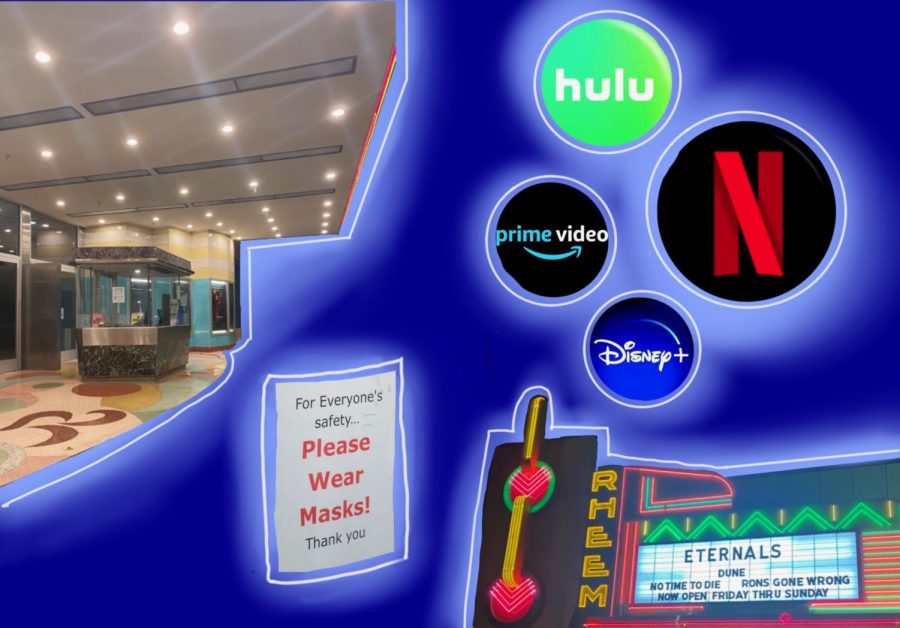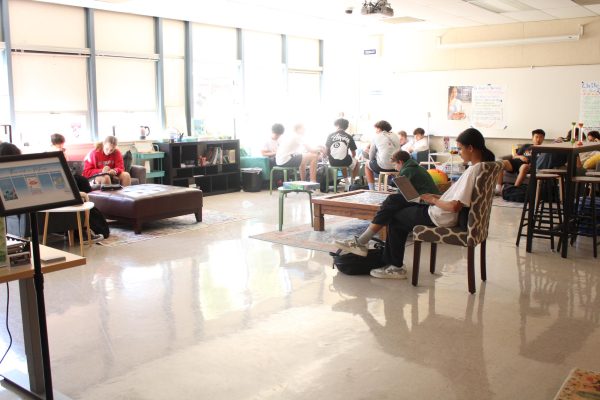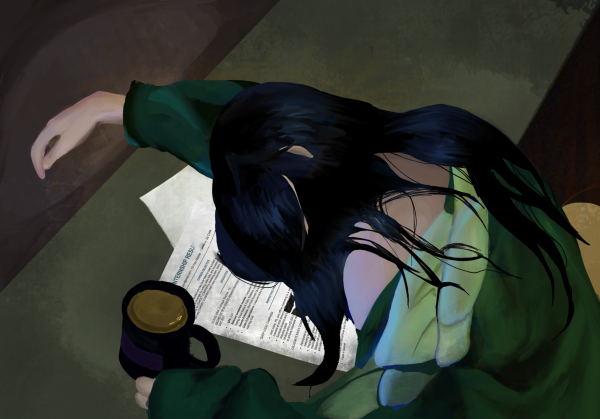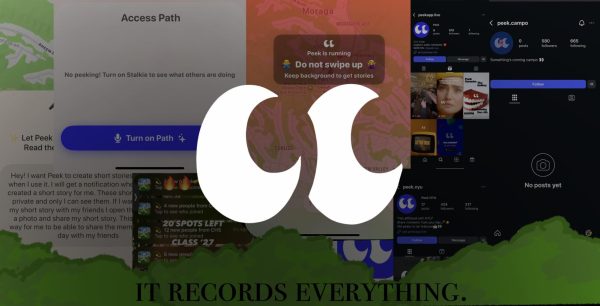The Future of Cinema: Uncertain World Impacts Adapting Art Form
Preferences between Movie Theaters and At-Home Viewing are affected by COVID-19.
COVID-19 forced all of us to adapt to a new way of living, from going to school to figuring out ways to stay connected to the things that make us happy. For those who love going to the movies, the pandemic had a profound effect.
After closing for well over a year, movie theaters are finally open for business again. The film world is abuzz with new releases, live events, and of course, a brand new array of health protocols designed to make our cinema experience safer. Following our time at home, the culture and experience of movie-going has and continues to take a strikingly new shape. Above all, critics wonder: has the pandemic allowed for a glorious revival of “going to the movies,” or are we witnessing the death of cinema once and for all?
For answers, I asked some of Campo’s most avid movie-watchers to weigh in. Entertainment Marketing Consultant and former Vice President of International Marketing for 20th Century Fox, Ann Gianopulos, also gave her perspective as an expert in the business.
Even before the pandemic, the movie industry was already undergoing a major shift in how fans were choosing their viewing experience. During widespread stay-at-home mandates, large streaming platforms such as Netflix, Disney+ and HBO Max became a dominant presence in people’s lives when they couldn’t go out to theaters. Many people outfitted their homes extensively with new screens and advanced sound mechanisms to make the best of their home situation. As people continue to become accustomed to staying home, a theater outing seems much less appealing when they can watch the exact same picture from the comfort of their own laptop or high definition TV.
Gianopulos explained that what COVID did was “really accelerate something that was already going to happen anyway, which was a move to streaming.” Statistically speaking, the masses coming to theaters are significantly smaller and the numbers subscribing to watch movies via streaming services are increasingly larger.
Many claim that “dual releases” are in part responsible for the obvious decrease in the amount of theater-goers. For example, take Dune, a movie directed by Dennis Villenueve that hit theaters just last October. While the film was offered in theaters internationally, it was simultaneously posted via the streaming platform, HBO Max. Dune has already racked up a viewership of 1.9 million total households in just the U.S. This “dual release” corporate strategy was also put into effect with many other movies this past year, many of which belong to the famous Marvel Cinematic Universe.
Director, producer, and artistic talent is also being drawn to streaming services. Whereas there used to be a clear divide between film producers and TV producers, many reputable filmmakers such as Martin Scorsese, Steven Spielberg, and Jon Favreau have recently agreed to produce projects for Netflix and Disney+, respectively. Netflix and Amazon even have their own massive film production companies now, allowing them to make their own movies without needing to work with traditional Hollywood studios.
Sophomore Delaney Joyce explained “a great majority of [her] movie-watching occurs on streaming platforms…especially Netflix and Disney+.” The teenage generation is currently experiencing a brand new and drastically different form of cinema. A general fear is that film may be straying away from its traditional art form.
There are a number of theories as to why people think Hollywood isn’t producing the highest quality of content anymore. 1 obvious reason comes from a profit-oriented, corporate strategy standpoint. Gianopulos said, “There’s a very big difference between the art form versus the commercial form…less film seems to be produced with the intent of producing a lasting impact”.
What’s more, many claim the amount of ‘market research’ and ‘data analysis’ that goes into movie production prohibits any true creativity or originality from being sustained because all production is put together with the box office in mind.
The line between film, television, and the internet has become blurry. Cinephiles fear that movie-watching is becoming less and less meaningful, as what Gianopulos calls “cheap thrills” are produced in the place of movies with potentially a more permanent significance.
Film studios’ old-fashioned business model of banking on theater-goers is just not as successful with the competition of streaming services and the revolution of the home-viewing experience.
The lasting effects of the pandemic on movie-watching are still very unforeseeable. While theaters themselves are enhancing their own experience with improved screen quality, audio, and even a complete food menu (because what could be better than drinking a vodka martini, shaken, not stirred, while watching the latest installment in the 007 franchise, “No Time to Die”), whether audiences will return in sufficient numbers to theaters remains uncertain.
COVID anxiety and protocols also have to be taken into account when evaluating the amount of people going out to theaters. Understandably, Joyce explains that “wear[ing] a mask while watching a movie is pretty uncomfortable. Sometimes [it] can take away from the experience.” While this protocol is (hopefully) a temporary precaution, many worry its discouragement against movie-going may have irreversible consequences.
Now, with a pandemic-accelerated fear that, in the words of sophomore Jake Spencer, the “ticking time bomb of streaming services” will completely obliterate the authentic movie-going experience can be looked at from some optimistic perspective. Especially after a year of confinement, most people like to get out of the house. Some can trust that going to the movies is now more special and important than ever as the movie world undergoes an era of hopeful restoration.
Nonetheless, the future of cinema as a whole remains very uncertain. In an industry as profound as film, how it navigates through a world constantly changing through technology will impact the lives of people universally. The role of film in our lives will continue to change as the art form evolves and adapts to new audiences and technology. Though the manner in which we see a film on the big screen might be changing, seeing the next big blockbuster in theaters will hopefully always remain a special experience.
Your donation will support the student journalists of Campolindo High School's The Claw. Your contribution will allow us to produce more issues and cover our annual website hosting costs.

Alex Gonzales is a senior and a 1st year journalism student on the Art Staff. Gonzales grew up in Montclair before moving to Lafayette. “I joined journalism...




